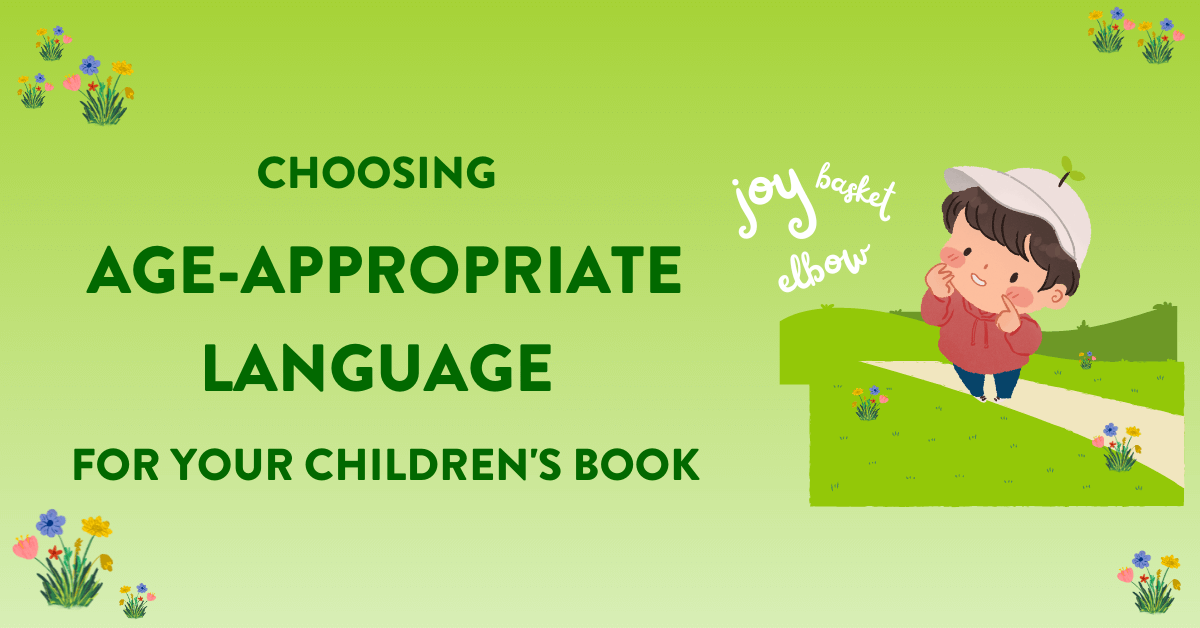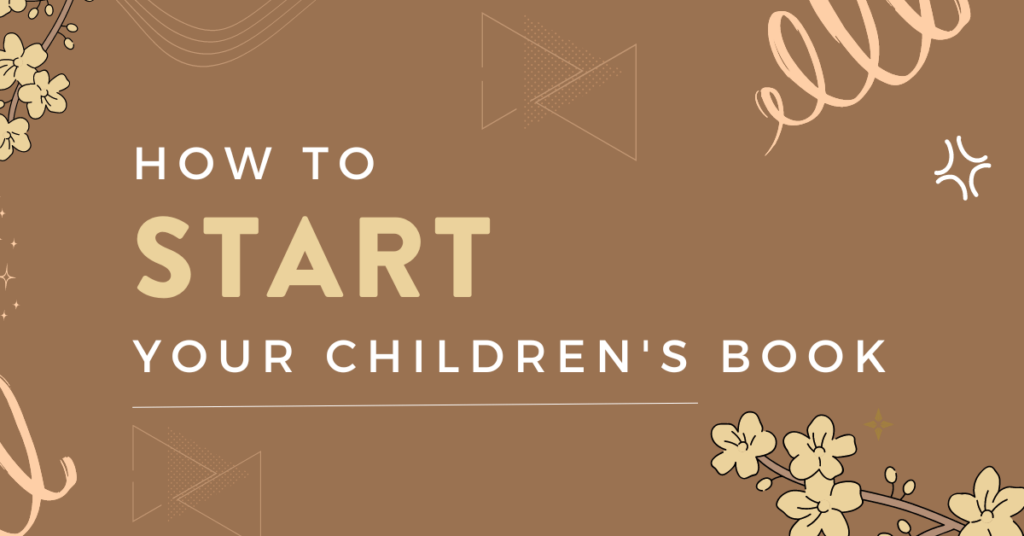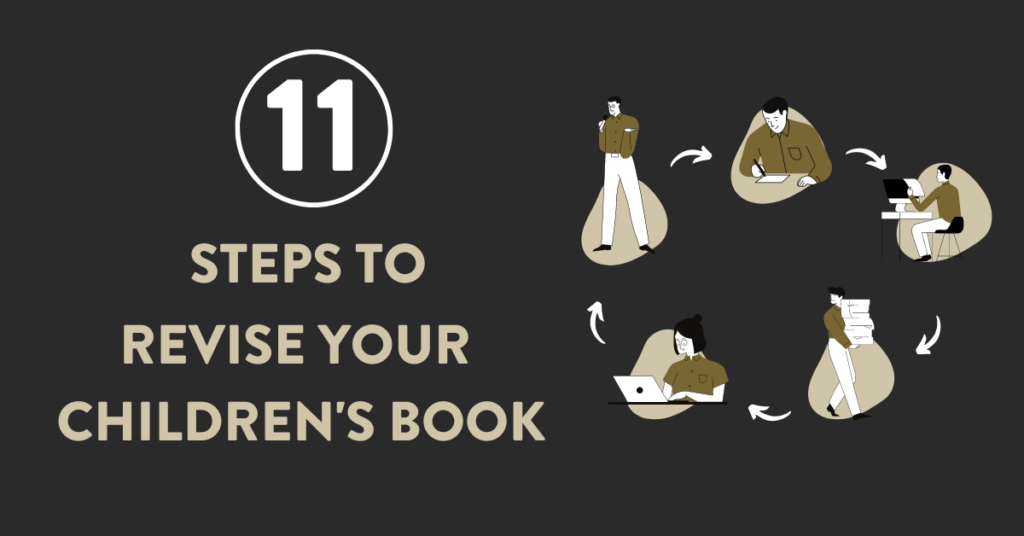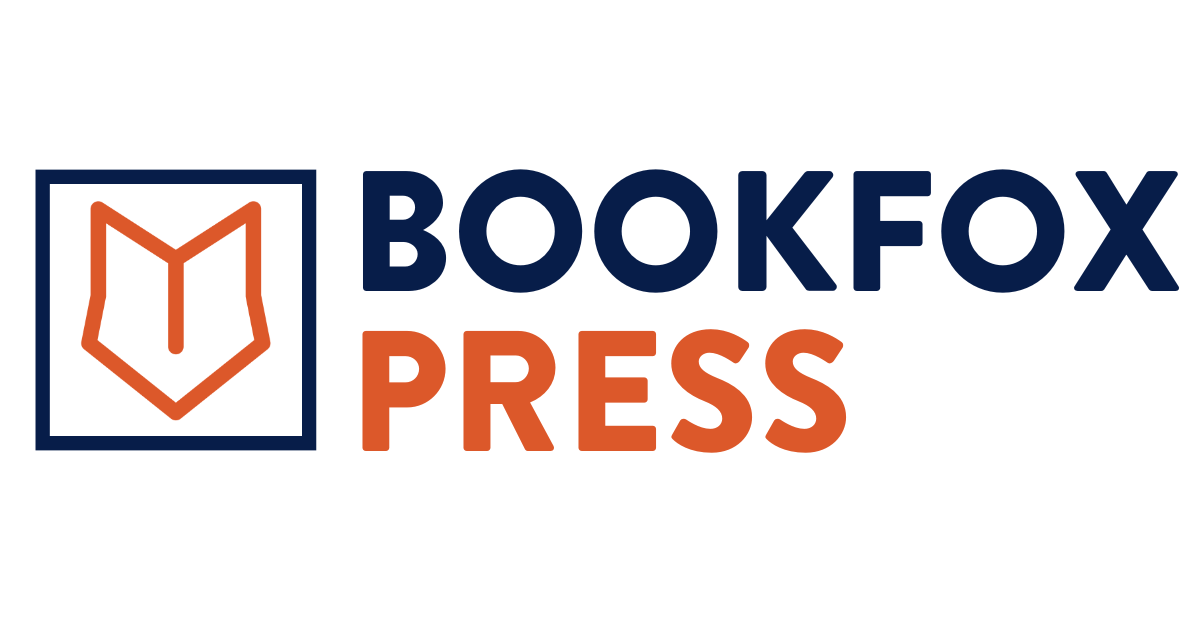
The most common comment I make as a children’s book editor is: children won’t understand this word.
On average, I make this comment about two to three times per manuscript, which doesn’t seem like too much, but when you consider the books are only 500 – 1000 words, it’s quite a lot!
I’m constantly thinking about the linguistic capabilities of the intended age group. 2 year olds simply don’t have huge vocabularies (yet). And although some authors have a two year old at home and understand this, others might forget that a lot of common words go right over the kids’ heads.
But here’s a question: should you ever use words that a child doesn’t understand?
Surprisingly, yes.
I mean, part of the job of a children’s book is to expand the vocabulary of a child. The question is whether your book should attempt to stretch them, or whether it should focus on telling a story, a moral, or building characters.
But sometimes the attempt to education ends up frustrating a child, and makes them feel dumb (or like this book isn’t for them).
I talk a lot about using language correctly in my course, “Two Weeks to Your Best Children’s Book,” but if you want a brief overview of the topic, keep reading.
Three Language Options:
- The Educative Approach:
- Focus: Prioritizes using language that expands the child’s current vocabulary and comprehension.
- Example: “Fancy Nancy” by Jane O’Connor
- Overview: Fancy Nancy loves using fancy words. When she says “posh,” she means “fancy.” When she talks about her “ensemble,” she’s referring to her outfit. The story revolves around Nancy’s love for fancy things and her family’s attempts to understand and appreciate her unique style.
- The Equilibrium Approach:
- Focus: Seeks to strike a balance between familiar words and those that might be slightly beyond the child’s current vocabulary.
- Example: “Where the Wild Things Are” by Maurice Sendak
- Overview: This classic tale follows a boy named Max who sails to an island inhabited by wild creatures. While much of the book uses simple, straightforward language suitable for young readers, Sendak also introduces more advanced language that paints a vivid picture, such as “rumpus” and “gnashing their terrible teeth.”
- The Comfort Approach:
- Focus: Uses language that is strictly within or below the child’s current grade level.
- Example: “Brown Bear, Brown Bear, What Do You See?” by Bill Martin Jr. and Eric Carle
- Overview: You can’t get simpler language than this. This repetitive and rhythmic book uses direct, clear language consistently throughout. The repetition of simple phrases like “What do you see?” reinforces language comprehension for the youngest readers.
There is no “right answer” when picking between these 3 approaches.
Every author has to decides for themselves what type of book they’re trying to write. Sometimes authors email me and they tell me up front that they’re trying to expand children’s vocabulary — in that case, I give more leeway to them in terms of their diction level.
Using Advanced Language
To help you make a decision about what type of language you’d like to use, let’s talk about the pros and cons of using advanced language.
Pros:
- Cognitive Challenge: Exposing children to words they aren’t familiar with can encourage curiosity and inquiry. It pushes them to ask questions and seek meanings, enhancing their vocabulary.
- Adult Engagement: When reading aloud, adults might appreciate the sophisticated language, making it more enjoyable for them to read repeatedly.
- Future Recognition: Even if a child doesn’t grasp the full meaning immediately, they may recognize the word later in life, making it easier to understand and learn.
Cons:
- Potential Disengagement: If a child doesn’t understand too many words, they might lose interest in the book or feel frustrated. Even worse, they might feel like they’re dumb.
- Interrupted Flow: Constantly stopping to explain words can disrupt the narrative flow, making the story less immersive.
- Risk of Misunderstanding: Without proper context or understanding, a child might misinterpret the meaning, leading to confusion in the future.
I also talk about the right way to write a children’s book in my flagship article on children’s book writing.
3 Tips for Advanced Language
Okay … if you’re going to use sophisticated language that children might not understand, here are three strategies to help the child learn the word.
1. Harness the Power of Context
Whenever you’re introducing a word that might seem a tad too intricate for the little ones, don’t shy away. Instead, embrace it by creating a rich tapestry of simpler words around it. This ensures that while the young reader may stumble momentarily, the surrounding words will catch them.
Consider the word “fleeting,” for example. In a story, you could describe a rainbow as “a fleeting beauty that appears after the rain and disappears just as quickly.” By explaining it in context, you’ve just turned a potential stumbling block into a learning opportunity!
And remember: repetition is your friend. Kids, much like all of us, learn through repetition. When a new term is repeated in various contexts throughout the story, its meaning becomes clearer and more ingrained in their memory.
2. Let Illustrations Do the Talking
Children’s books have a magic tool at their disposal: illustrations. These aren’t just for visual appeal; they’re narrative powerhouses. When confronted with a tricky word, a child’s eyes will immediately dart to the accompanying illustration for clues.
Take the word “camouflage” as a case in point. While the term might initially baffle some, a vivid image of a chameleon blending seamlessly into its surroundings immediately decodes its meaning. So, if you’ve got a word that’s slightly outside the usual realm, think of how you can create a visual story around it.
3. Use a Glossary
Including a glossary might seem a tad old-school, but it’s a treasure trove for those little detectives who love to dig deeper. Especially for books catering to slightly older children, a glossary can be an interactive learning playground.
But what about those super young readers? For them, rather than a formal glossary at the end, consider weaving short and playful explanations into the story.
Instead of simply dropping the word “nocturnal” into the mix, add a line like, “Nocturnal animals, like owls and bats, love to play when it’s night-time and sleep during the day.”
Four Common Mistakes
The art of crafting a children’s picture book requires a delicate balance in word choice. Here are some strategic mistakes writers often make when selecting words for a children’s picture book:
- Prioritizing Rhyme Over Understanding: Sometimes writers, particularly when crafting poetic or rhyming stories, might choose words that fit the rhyme scheme but are too complex for the target age group. While it might sound melodic to an adult, it could leave young readers puzzled.
- Overuse of Abstract Concepts: Young children, especially those in the age group for picture books, tend to think in concrete terms. Using abstract words or concepts without clear, corresponding illustrations can be confusing. For instance, discussing the “essence” of something might not resonate as much as a more tangible term.
- Forgetting Repetition: One of the best ways for children to learn and remember new words is through repetition. A strategic error is introducing too many new words without repeating them, which might overwhelm a young reader.
- Using Cultural or Regional Jargon Without Context: Using words that might be common in one culture or region but not universally understood can be a barrier. For example, using a regional slang or colloquialism without adequate context or illustration might not resonate with a broader audience.
The key for writers is to maintain a child-centric perspective, ensuring that the chosen words align with the developmental stage of the readers while still offering a touch of challenge and exploration.
Revision Practice
The following words are ones that I’ve flagged in unpublished children’s books. Although to adults, they might seem pretty familiar, they’re not exactly right for most younger readers.
The words I flag often have one of these problems:
- Polysyllabic words – when you get to 3 to 4 syllable words, that’s just too complex for young readers.
- Rare words – these words don’t sound complex, and sometimes they’re very short, but younger readers won’t be familiar with them. For instance, a word like “flux” seems pretty easy, but most kids won’t know what it means.
- Older Slang – These are just words or phrases from another era. “Cowabunga, talk to the hand, looking fly.”
- Abstract Language – Empathy or prejudice are important ideas to teach to kids, but maybe describe what those things are, or show them in the narrative.
1. Descriptions of Size:
- Too Advanced: Gargantuan – While it’s a fun word, it might be too complex for younger readers.
- More Suitable: Huge or Giant – These words are straightforward and easily understood, even without context.
2. Descriptions of Feelings:
- Too Advanced: Depressed – A thick word that might be tricky for young kids to grasp.
- More Suitable: Sad or Blue – Simpler ways to convey unhappiness or feeling down.
3. Descriptions of Time:
- Too Advanced: Cursory – A poetic way to describe something temporary, but likely above a young reader’s comprehension.
- More Suitable: Short-lived or Brief – Clearer ways to describe something that doesn’t last long.
4. Descriptions of Taste:
- Too Advanced: Pungent – This might be an unfamiliar term for kids when describing a strong taste or smell.
- More Suitable: Strong or Sharp – Direct words that convey intensity.
5. Describing Appearance:
- Too Advanced: Lustrous – Describing something shiny or glossy, but might be too ornate a term.
- More Suitable: Shiny or Bright – Kids can easily relate to these terms, often having seen shiny objects or bright lights.
6. Describing Movement:
- Too Advanced: Meander – While picturesque, it’s a word that might not immediately convey the act of moving without purpose.
- More Suitable: Wander or Stroll – These words are more accessible and depict a leisurely pace.
7. Describing Sound:
- Too Advanced: Resonate – A term to describe a deep, full, reverberating sound.
- More Suitable: Echo or Ring – These words convey the idea of a sound that continues or repeats.
8. Describing Texture:
- Too Advanced: Granulated – This might be a complex way to describe something with a grainy texture.
- More Suitable: Grainy or Sandy – Direct descriptions that children can feel and understand.
Writing Missions
Now that you’ve learned a bunch about how to choose the right word for your children’s book, go ahead and take these missions:
Mission 1: The Vocabulary Sleuth
Alright, so here’s the deal: grab yourself a kiddo book – any children’s book will do. While you’re reading, keep those peepers sharp for any words that seem a tad too brainy for the youngsters. You know, those words that would make a five-year-old go, “Huh?” Jot ’em down and think about why the author might’ve thrown them in there. Was it to challenge the kiddos? Or maybe just a slip-up?
Bonus Points: If you’re feeling extra, how about thinking of simpler words or ways to explain those complex ones? It’s like turning “complicated” into “tricky” or “hard.” Make a mini-dictionary!
Mission 2: Kiddo Feedback Loop
Now, for the fun part! If you’ve got a story cookin’ up in that noggin of yours, it’s showtime. Share it with some little critics – yep, kids. Trust me, they’re the most honest reviewers you’ll ever meet. Listen to what they have to say, where they laugh, where they’re confused, or where they’re just not feelin’ it.
Then, with all that goldmine of feedback, roll up those sleeves and make some magic happen. Tweak your story, adjust based on their insights, and give it another go. Remember, you’re crafting something not just to impress, but to inspire these young minds.
Pro Tip: Sometimes, the best feedback isn’t in what they say, but how they react. Do their eyes light up? Do they ask tons of questions? That’s the good stuff.
FAQs
Q: How many “complex” words are okay to include in a children’s book?
A: There’s no set number, but the key is balance. It’s essential to ensure that the majority of the book is accessible to the child, with only a sprinkling of challenging words that can expand their vocabulary.
Q: How do I know the reading level of my book?
A: Use a tool like Rewordify, which highlights high diction level words and replaces them with simpler words. There are also various tools online, like the Flesch-Kincaid Grade Level, which can help gauge reading levels. However, nothing beats real-world testing – try reading your book to kids in your target age group and see how they react!
Q: Is it ever okay to “dumb down” my book’s language for younger audiences?
A: It’s not about “dumbing down” but making the content age-appropriate. Kids are smart and intuitive, so it’s more about clarity than simplification.
Q: Should I avoid using complex vocabulary in the book’s title?
A: Yes, this is the one place you never want complex vocabulary. The job of the title is to convince the parent to buy it and the child to want to read it. A complex word will alienate your audience.
Q: What if the word I want to use is essential for the story but might be too complex for kids?
A: It’s okay to challenge young readers occasionally! Just make sure you provide enough context around that word, or pair it with an illustration, so they can infer its meaning. Alternatively, you can introduce and explain the word in simpler terms earlier in the book.
Q: How do I know if I’ve struck the right balance between simple and challenging words?
A: Share your book with educators, parents, and most importantly, kids! Collect feedback, observe reactions, and adjust accordingly. If the majority feel it’s just right, you’re on track!
Want to get your children’s book published?
Bookfox Press helps authors just like you.
Click that link and we’ll create a customized publishing package for you that will get your book in the hands of readers.



